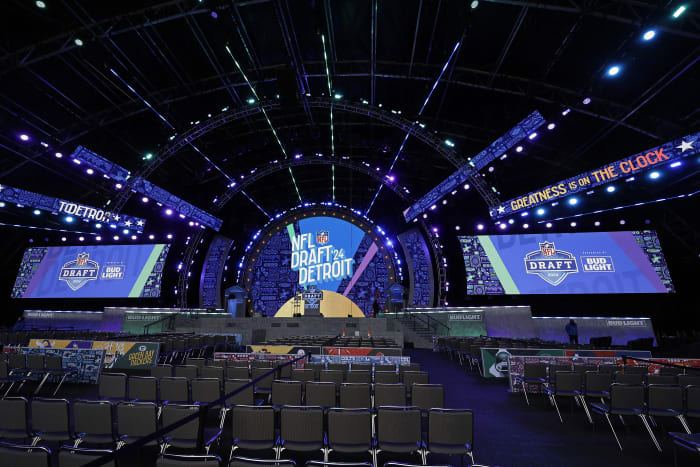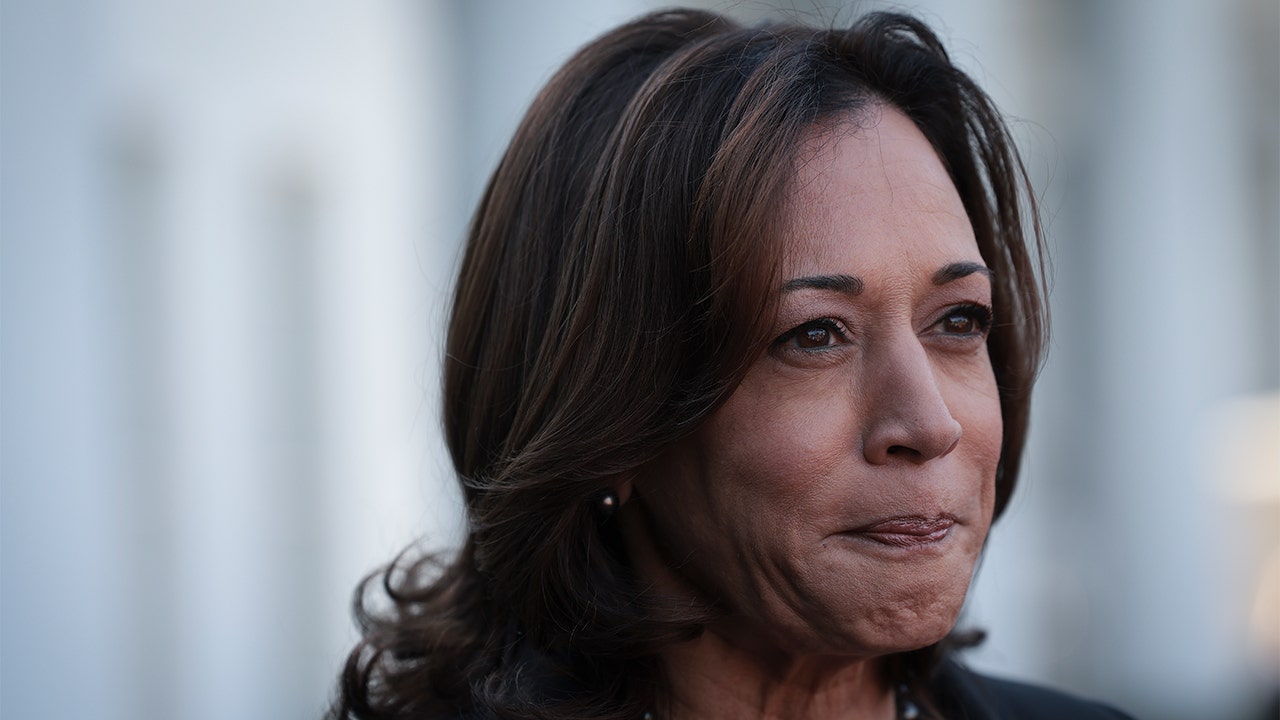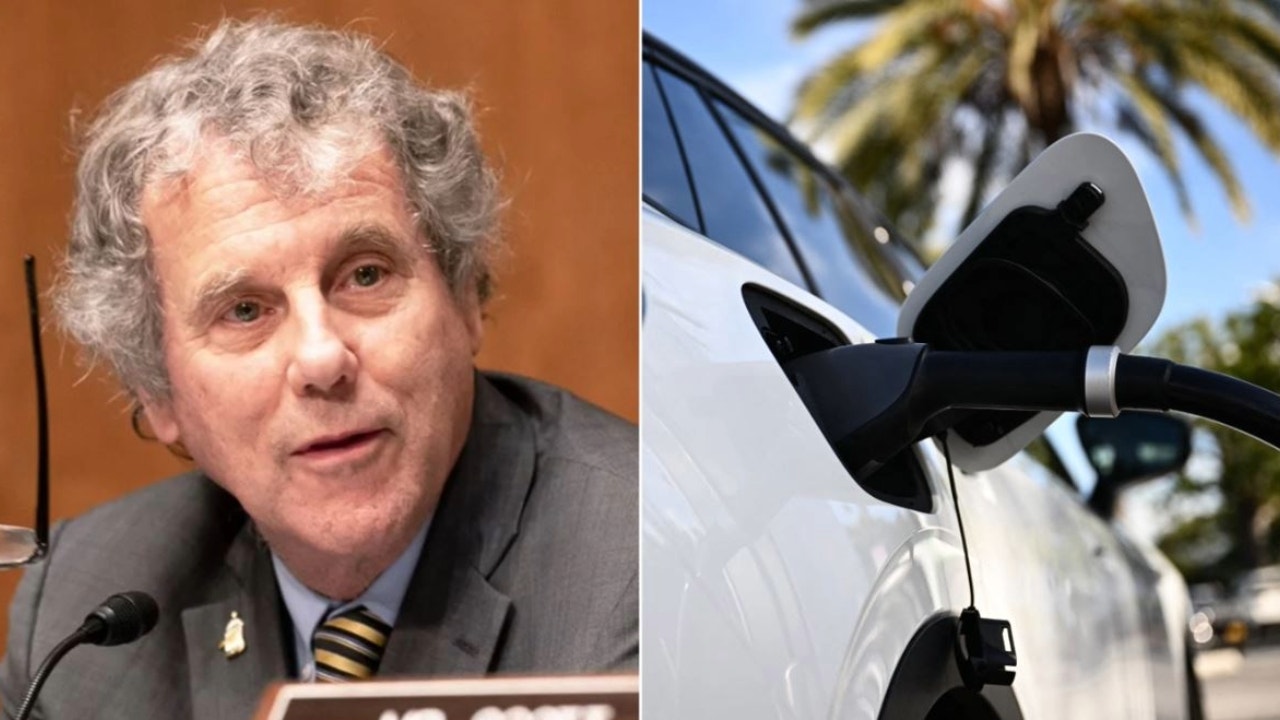Lifestyle
The Beautiful Chaos of the Notes App

We recently asked you, the readers of this newsletter, to bare your souls. In other words: We asked you to share the contents of your Notes apps with us, and the world.
You did not disappoint.
From a reader named Michelle: “There is a snail that can rip its own head from its body and regenerate a new one, mouth and all. It’s thought they do that to rid themselves of parasites. This is amazing!”
Thank you, Michelle, for this information that I hope none of us ever need to use. [Ed: that sounds like the sacoglossan sea slug.]
The rest of the notes were similarly chaotic: A list of fictional cocktails from a reader named Penny, the specifics of a puppy’s bowel movements from Bruce and — my personal favorite — a selection of songs Melissa is compiling to be played at her funeral. (“Everybody Eats When They Come to My House” is the closer.)
As we told you last month, the latest TikTok trend is for users to share their Notes app screenshots, usually alongside text that says something like “never go through a girl’s Notes app.” The subtext being that we are stranger, less organized, less shielded versions of ourselves in Notes than we are on, say, Twitter or Instagram. We’re literally writing notes to self.
Notes has been around since the release of the original iPhone in 2007 (and before then, I hear that there was something called a “notebook”?) Way more sophisticated digital note-taking tools like Evernote and Notion have evolved since then, and some have gained obsessive followings among the very online Type-A crowd.
But if your responses are any indication, what winds up in the Notes app is a million times more haphazard than the color-coded workout schedules and bullet journals that dominate those other apps. Notes is mostly an unstructured brain dump; a destination for the random thoughts we offload while we’re in the middle of something else.
A reader named Hillary shared a list of nonsense words overheard at a conference, including “forethoughtful,” “planfully” and “applicationize.” In his Notes app, Mark wrote a sentence to illustrate the meaning of the word “fugacious” (adj. tending to disappear): “I had a fugacious look at that bird before it dove into thick brush, never to be seen again by me.”
Even the most mundane stuff in Notes can be a kind of time capsule. One of the most touching notes we got was from Janet, who sent her play-by-play for Thanksgiving in 2020. She had tomato bisque and a salad with a pepper jelly vinaigrette (yum!) before 5:30 cocktails and a family Zoom. The big turkey dinner, which was just for two, still took days of preparation: She made the pie crusts Tuesday, the bisque Wednesday and the stuffing Thursday.
Barbara found a note from six years ago with the title “REMEMBER.” The listed items were “Whole order 40, Bus 6402” and “Be happy be nice be grateful.” She said she did not have any idea why she wrote the first two. But the last one, at least, is not such a bad thing for all of us to try to remember.
Thanks to everyone who wrote in — seriously, I feel like I know you way, way better now.
Internet Candy
Here’s what else is happening online this week.
To post, or not to post, your baby
This is a debate we’re almost certainly going to keep having as the generation of children raised entirely in the era of Instagram come of age.
I really enjoyed this interview with an anonymous internet child star laying bare what growing up online really meant, from Teen Vogue earlier this spring. (Spoiler: They did not enjoy having their existence mined for content.) More recently, this piece from The Atlantic got me thinking about everyday, normal people: The children whose first steps and tantrums and jam-covered faces weren’t posted as content meant to make money, but were posted as content nonetheless.
I don’t have kids, and my ’90s childhood — while exceedingly well documented — was never digitized for easy sharing. Which is all to say, I’m not going to sit here and pretend I have the answer. But I am curious if you do? Is there an ethical way to share your kid’s life online? How are you navigating this particular digital minefield? Send us an email — responses may be featured in a future newsletter.
Read past editions of the newsletter here.
If you’re enjoying what you’re reading, please consider recommending it to others. They can sign up here. Browse all of our subscriber-only newsletters here.
Have feedback? Send me a note at iho@nytimes.com.
You can also follow me on Twitter (@4evrmalone).
Callie Holtermann contributed reporting to this newsletter.

Lifestyle
Barbara Walters forged a path for women in journalism, but not without paying a price


In 1976, Barbara Walters became the first woman to co-anchor a national news show on prime time television. She was only in that role for two years, but her arrival changed news media.
“She’s such a consequential figure for journalists, not just for women journalists,” biographer Susan Page says. “The path she cut is one that many of us have followed.”
Page is the Washington bureau chief at USA Today and the author of The Rulebreaker: The Life and Times of Barbara Walters. Though they never met, Page says speaking to hundreds of Walters’ friends and colleagues and watching hours of her interview tapes gave her a sense of her subject.
Page describes Walters as a fearless journalist who didn’t shy away from controversy or tough questions. She battled sexism throughout her career — especially from her first co-anchor, Harry Reasoner, who, Page says, scowled at Walters’ presence and tracked how many words she spoke on-air compared to him.

After leaving the nightly news post, Walters became known for her long-form interviews. Her conversations, which blended news and entertainment, featured a wide range of subjects, including Fidel Castro, Vladimir Putin, Richard Nixon, Monica Lewinsky, Michael Jackson and Charles Manson. In 1997, she created The View, a daily talk show with an all-women cast of co-hosts.
“One thing that I thought was interesting about Barbara Walters is that she thought all sorts of people were interesting and worth talking to,” Page says. “She really expanded the world of interviews that [national] journalists were doing to include not just presidents, but also notorious murderers.”
For Page, Walters’ success feels personal: “It never occurred to me when I was looking at a career in journalism that I couldn’t do big interviews with important people because Barbara Walters did. … Even though I’ve been in print journalism, not TV journalism, I benefited from the battles that Barbara Walters fought.”
Interview highlights
On her family life that drove her to work hard
Understanding the source of her drive was hard to understand and I think crucial. And I decided after doing all this reporting about her that, that there was a moment that ignited the drive in Barbara Walters, and that was when her mother called her and told her that her father had attempted suicide. Her mother didn’t call an ambulance. … [Barbara] called the ambulance. [Barbara] rode in the ambulance with her father to the hospital. And she realized almost in an instant that while she was going through her first divorce, she didn’t really have a career that as of that moment, she was going to be responsible for supporting her father, who had just tried to commit suicide, her mother, who was perpetually unhappy, and her special needs sister. And that that was going to require her to get serious, to make some money and to sustain that. She always had the sense that it could all disappear in an instant.
On news co-host Harry Reasoner’s hostility about working with Walters
He was so openly contemptuous of her on the air that the director stopped doing two shots. That is a shot where you could see Harry Reasoner watching Barbara Walters speak because he was always scowling. It was so bad that they got many letters from mostly women viewers complaining about how she was being treated. … It was really an untenable situation and one that took a while to unravel, and it was one that unnerved Barbara Walters. It was the one time in her career when she thought perhaps she had made an error so great that she would not recover. She said that she felt not only like she was drowning, but that there were people trying to hold her head under the water.
On a turning point in her career, when she interviewed Fidel Castro
So this was in 1977. She was still officially the anchor [of ABC Evening News], but things were not going well. And she landed this interview with Fidel Castro, who had been interviewed only infrequently by Western journalists. And … she got in a boat and crossed the Bay of Pigs with him. He drove his jeep across the mountains with her sitting next to him, holding aloft his gun to keep water from splashing on. It was a great interview. A very tough interview. She asked him about freedom of the press, which didn’t exist in Cuba. She pressed him on whether he was married. This was a question that he had refused to answer. … So he finally gave up and answered it and said formally, no. So it was a great interview and it was a comeback interview for her. It both showed what she could do in an interview, and it made her feel more confident again.
YouTube
On her interview with Richard Nixon when she asked him if he wished he burned the Watergate tapes
That was in a particularly difficult interview, because the only way the Nixon people agreed that she could do it was to do it live. There was no cutting out some extraneous matter to get that last question in, she had to be incredibly alert about controlling the interview so that she would have time to ask that question. And the other thing that we should know about that question is she always wanted to ask the question that everybody wanted to hear, even the toughest question possible, like would you have burned the tapes? She wanted to ask the one that people wanted to hear the answer to. That was one of [her] great gifts. And she figured out that by preparing for hours and hours and writing down proposed questions on small 3×5 cards and shuffling them and revising them, and finally having them typed on 5×7 cards to ask. She would let an interview go where it went. She didn’t always follow the cards, but she always had a plan in mind for how she wanted to get the interview started. What she wanted to do in the middle and the thing that she wanted to do at the close to give it a real kick.
On her friendship with Donald Trump
They were transactional friends. She went to his wedding. He went to the celebration of her third marriage. He was often a guest on The View when The View started in 1997. He was then a real estate developer in New York. And if they were short a guest, they could call up Donald Trump and he would come over and be on the show or even do a cameo skit. … And, in fact, one ABC executive told me, when Donald Trump got involved in politics, that there was a feeling, some discomfort, that she had given him a platform and a legitimacy that maybe he wouldn’t have had otherwise.
YouTube
On her preparation for her infamous Monica Lewinksy interview
Barbara Walters was working on asking the questions, but at the same time, Monica Lewinsky was working with her team on how to answer the questions. The question that gave the Monica Lewinsky team the most trouble was that question, “Do you still love him?” Because at the beginning of their practice sessions, she said yes. And then she said she couldn’t say no because she did love him. And she loved him some of the time. And, they warned that that was not an effective answer to have. So you hear her, in this interview giving the answer they had worked out, which was no. But then in her follow up, she does acknowledge that sometimes she does still have warm feelings for him. On the Barbara Walters side, they worked a long time on what the closing question would be, because that’s a powerful position in an interview like this, that last question. And they settled on, “What will you tell your children?”
YouTube
On Gilda Radner’s impression of her as “Baba Wawa,” mocking the way she spoke
She was wounded when she heard this. For one thing, even though there was this exaggerated lisp that Gilda Radner used, nobody had any doubt who she was parodying. And, Barbara Walters had this speech anomaly. She called it a bastard Boston accent. Other people called it a lisp. Whatever it was she had tried, she’d gone to voice coaches early in her career to try to fix it, and it failed. So her feelings were hurt when the skit was done on Saturday Night Live. Now, it also made her famous. She came to terms with it, but I think she always found it kind of hurtful. … When Gilda Radner died … Barbara Walters wrote a sympathy note to her widower, Gene Wilder, expressing sympathy on her death, and signed it, “Baba Wawa.”
On her reluctant retirement
She worked into her 80s. … When she was in her 70s, she was working at a time when most women had been involuntarily retired. So she worked as long as they would keep her on the air. But as she started to sometimes miss a step, there was concern that she would embarrass herself or undermine some of the professional work she had done. … The people at ABC convinced her it was time to retire. And then CNN came in with a secret offer to put her on the air at CNN, which she was considering when her friends came back and said, no, it’s time. … There was a grand finale on The View, where two dozen women prominent in journalism came and paid tribute to her. And on her last, big show on The View. And when she was backstage afterwards, one of them came up and said … “What do you want to do in your retirement?” And Barbara said, “I want more time.” Meaning I want more time on the air.
On if she was happy
I asked 100 people who knew her that question: Was she happy? And a few people said yes. Joy Behar of The View said “happy-ish,” which is not a bad answer, but most people said while she was proud of what she had done and that she loved the money and the prominence that she had won, that she paid this huge price on the personal side — she had three failed marriages. She was estranged for a time from her only daughter. She never lost that feeling that she was always competing and could never stop and be content. So she had the most successful possible professional life, but I think she had kind of a sad, personal one.
Thea Chaloner and Joel Wolfram produced and edited this interview for broadcast. Bridget Bentz, Molly Seavy-Nesper and Beth Novey adapted it for the web.
Lifestyle
Road Rage Fight Breaks Out on L.A. Freeway After Minor Fender Bender
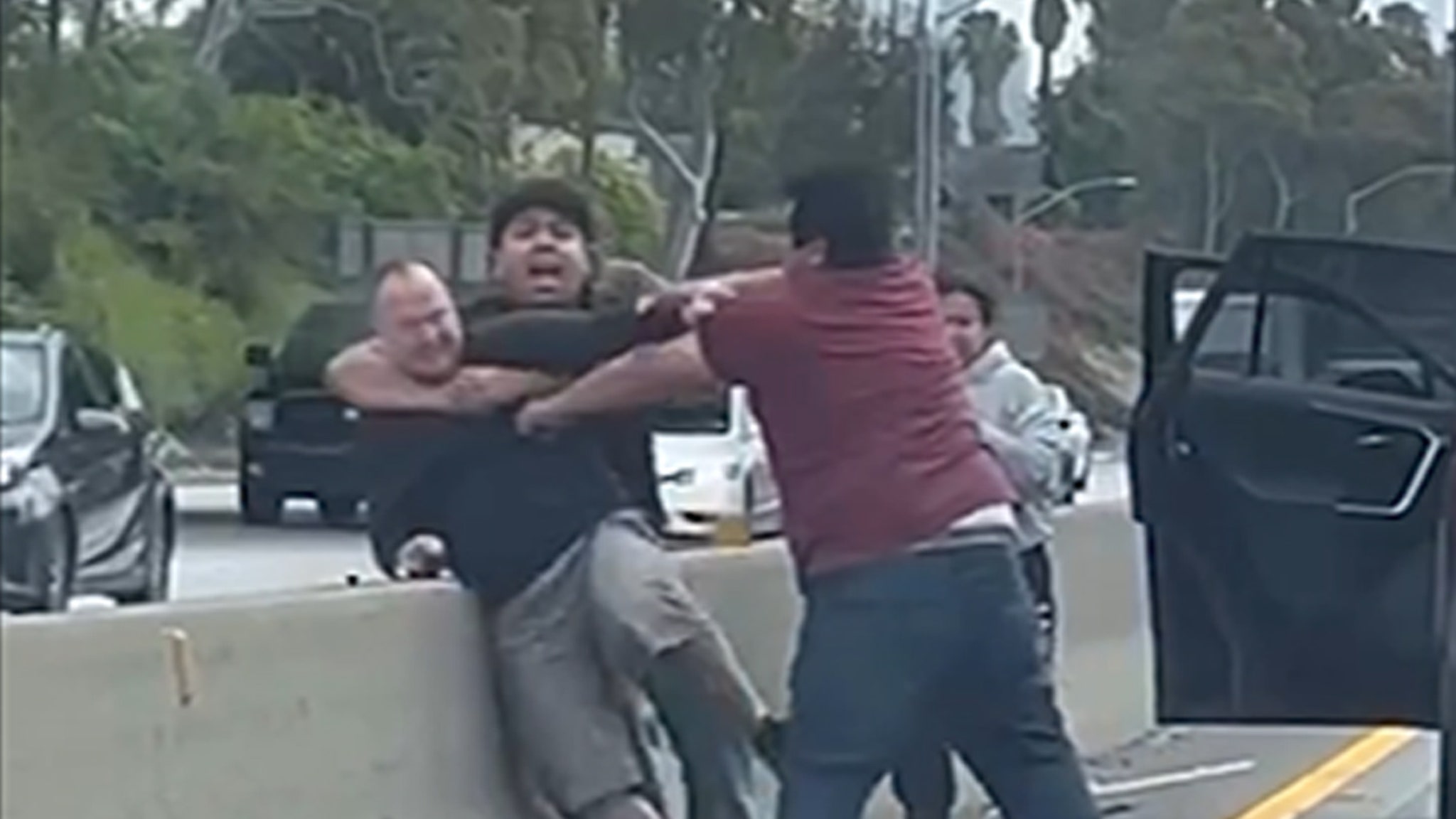
Road rage in Los Angeles is very real … with motorists throwing punches on the side of a freeway in this wild video — after eyewitnesses say they got into a fender bender.
The clip you see here was taken by another driver on the I-10 freeway heading west toward Santa Monica. You got two big dudes in T-shirts grabbing another man — and then begin whaling on him, throwing him up against a cement barrier.
After one man in a maroon shirt connects on a series of punches, his compatriot in black pushes him away … seemingly trying to end the brawl.
That’s when the other fighter throws a vicious punch … which the man in black narrowly ducks before jumping in between the two others and trying to calm everyone down.

Thiago Oliveira — who posted the original fight video — told FOX 11 the whole incident kicked off after a fender bender … saying the man taking the beating in the vid claimed the other two had run into them, and they denied it.
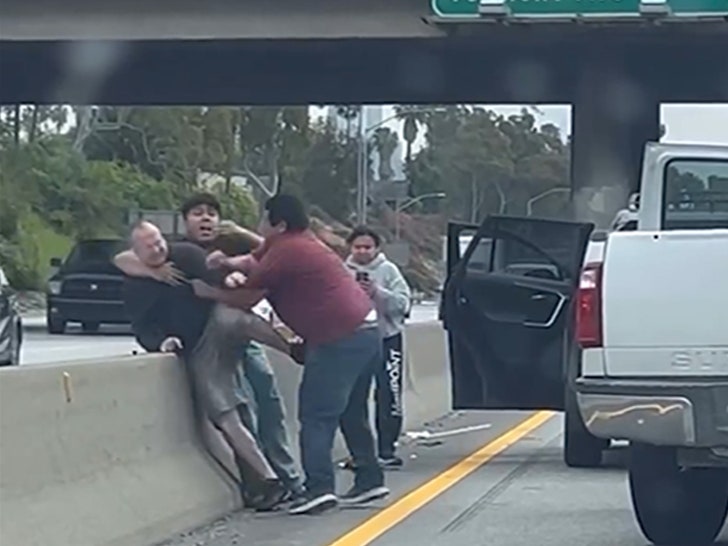
TO says everyone seemed fine as they drove away … ’cause no one really landed any solid punches. So, keep your eyes on the road, Angelenos … or, you may end up in battle.
Lifestyle
Taylor Swift set a new record this week with, well, records. The vinyl kind.

Taylor Swift performs onstage at Ryman Auditorium in Nashville on Sept. 20, 2022.
Terry Wyatt/Getty Images
hide caption
toggle caption
Terry Wyatt/Getty Images

Taylor Swift performs onstage at Ryman Auditorium in Nashville on Sept. 20, 2022.
Terry Wyatt/Getty Images
Taylor Swift, the millennial pop goddess whose latest album is now the first to surpass one billion Spotify streams in a single week, has smashed her own record when it comes to the sales of her physical albums as well.
Her Tortured Poets Department, released on April 19, took only five days to make history on Spotify. And in a typical overachiever move, Swift not only also sold the most vinyl albums ever in a week, but took only three days to do so. And the record she broke was her own.
Tortured Poets Department has sold more than 700,000 physical albums so far. Last year, about a million vinyl records were sold in the US, in total. Nearly 10 percent of them were Taylor Swift’s.
Swift closed 2023 with five of the year’s top 10 best-selling vinyl records, leading with 1989 (Taylor’s Version), Speak Now (Taylor’s Version) and Midnights. Each of them sold more than 500,000 physical copies.
These figures, it should be noted, have been hugely assisted by two factors. One is that LP sales were not rigorously tracked until the early 1990s by Soundscan. Before then, it’s possible that other artists may have sold more than 700,000 physical albums in a week, but there’s just no data to prove it.
The other factor is that Swift’s albums are released in multiple editions. Many hardcore Swifties make a point of collecting them all. So, for example, a clear vinyl version of Tortured Poets Department with a bonus track is available only at Target. Other versions are only available through Swift’s website.
Sales of all of them count towards Tortured Poets‘ total.
-
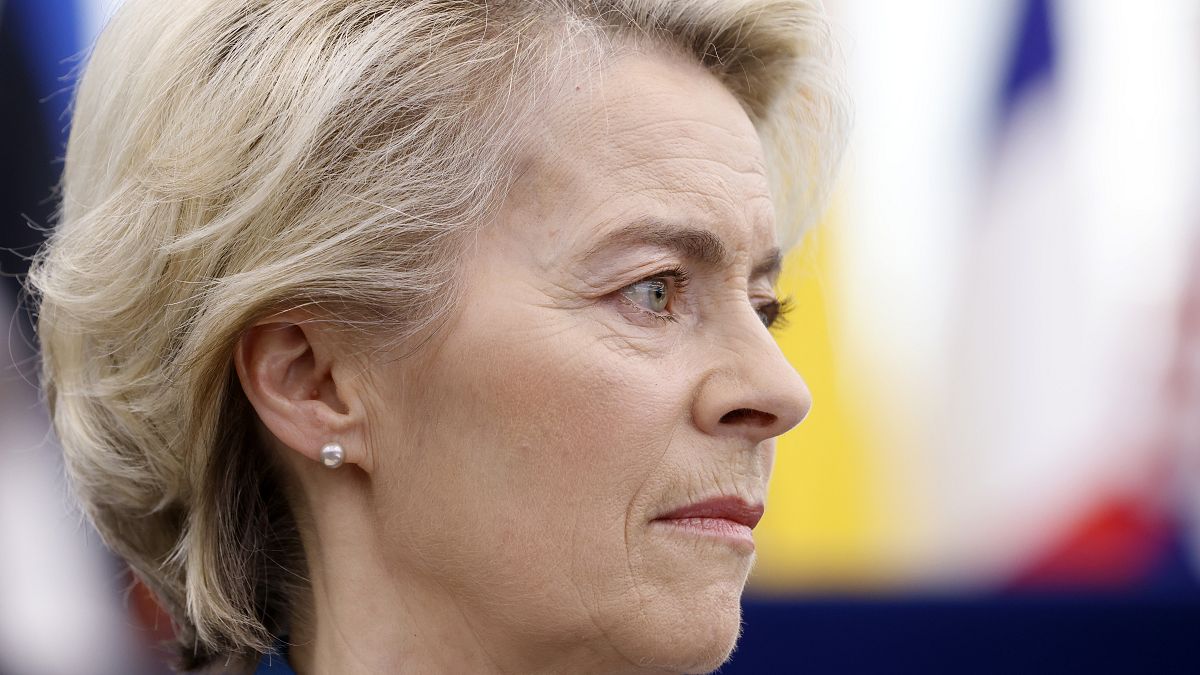
 World1 week ago
World1 week agoIf not Ursula, then who? Seven in the wings for Commission top job
-
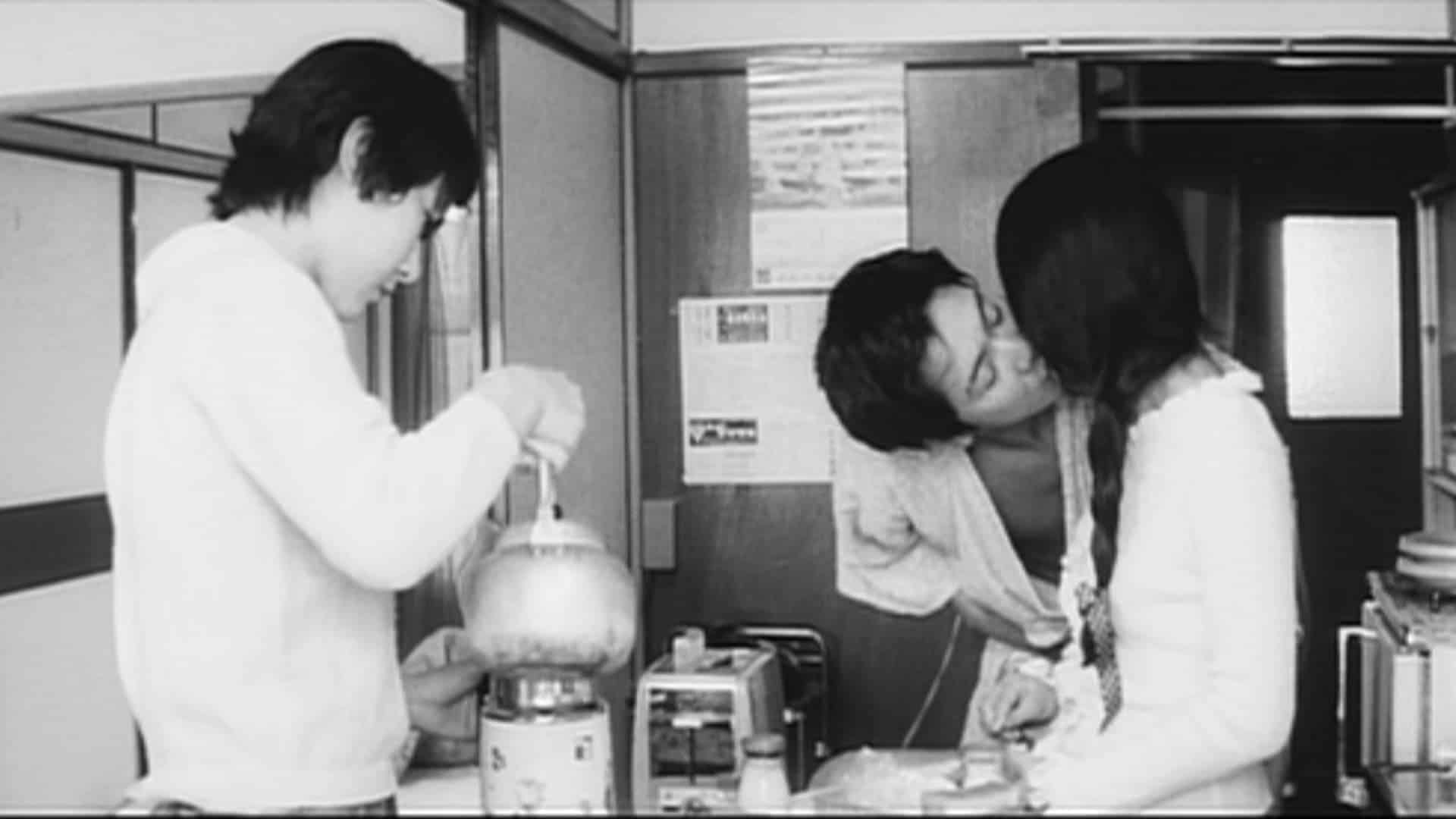
 Movie Reviews1 week ago
Movie Reviews1 week agoFilm Review: Season of Terror (1969) by Koji Wakamatsu
-
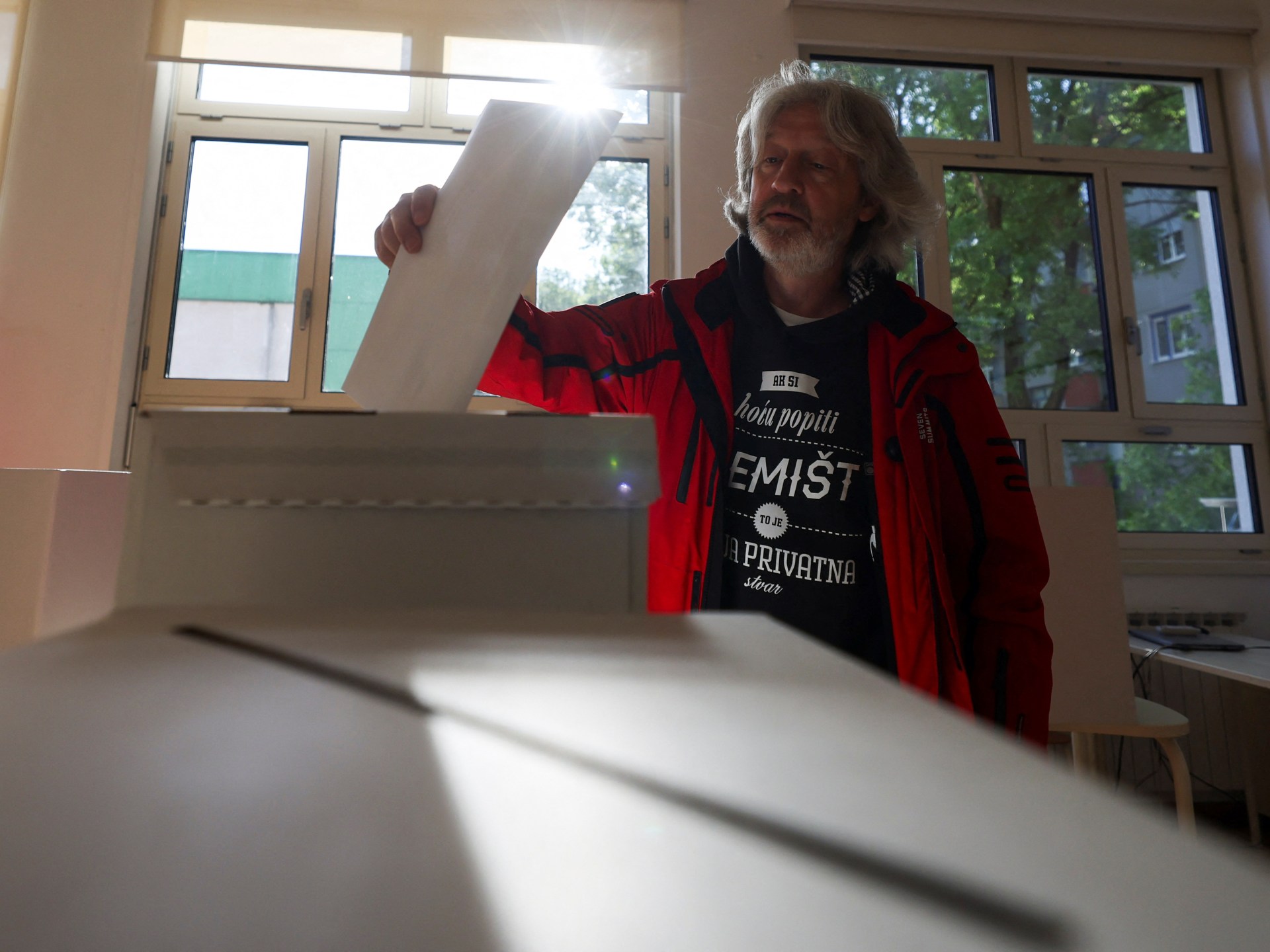
 World1 week ago
World1 week agoCroatians vote in election pitting the PM against the country’s president
-

 News1 week ago
News1 week agoGOP senators demand full trial in Mayorkas impeachment
-

 Politics1 week ago
Politics1 week agoTrump trial: Jury selection to resume in New York City for 3rd day in former president's trial
-
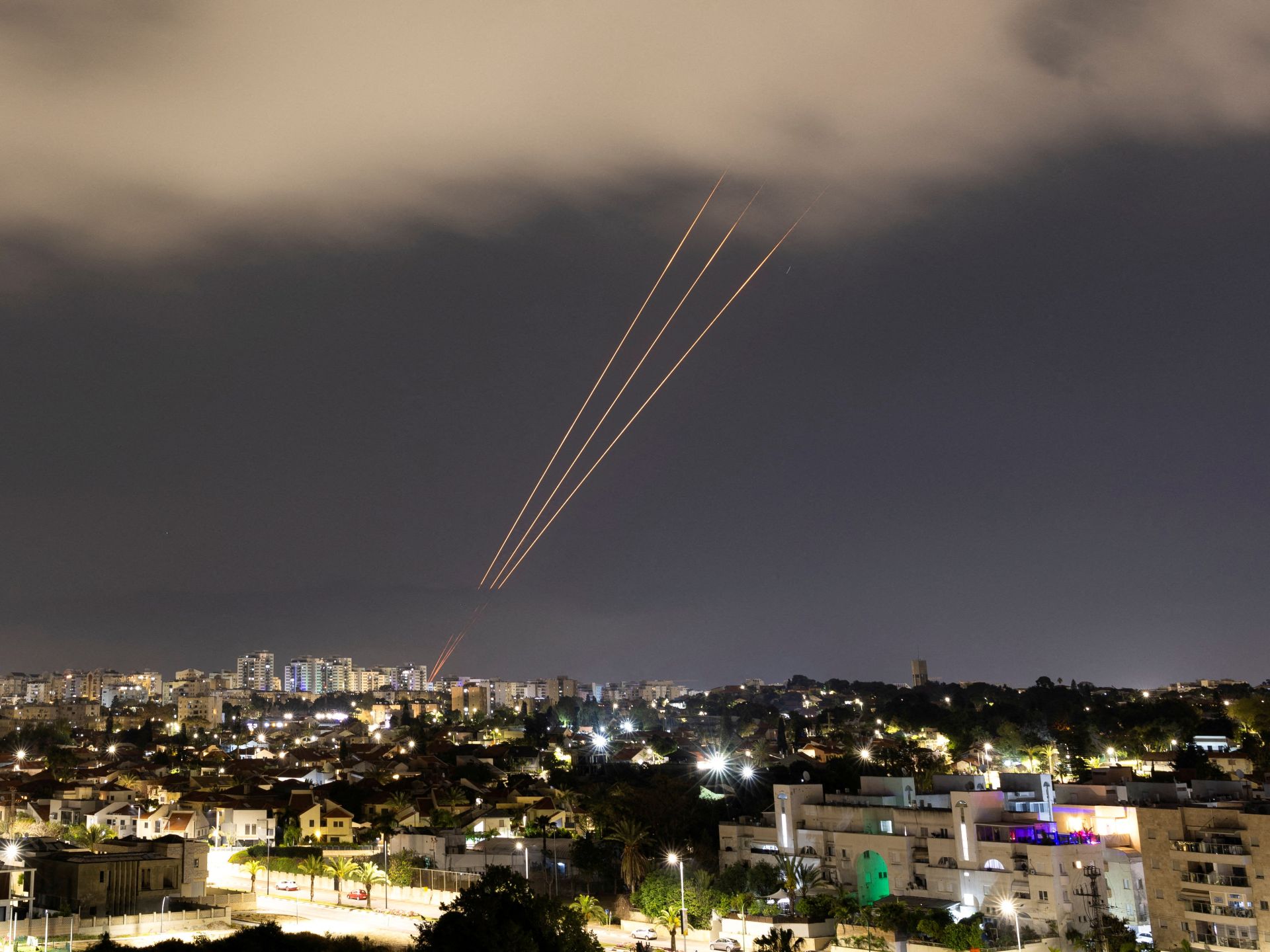
 World1 week ago
World1 week agoThe Take: How Iran’s attack on Israel unfolded
-

 World1 week ago
World1 week ago'You are a criminal!' Heckler blasts von der Leyen's stance on Israel
-
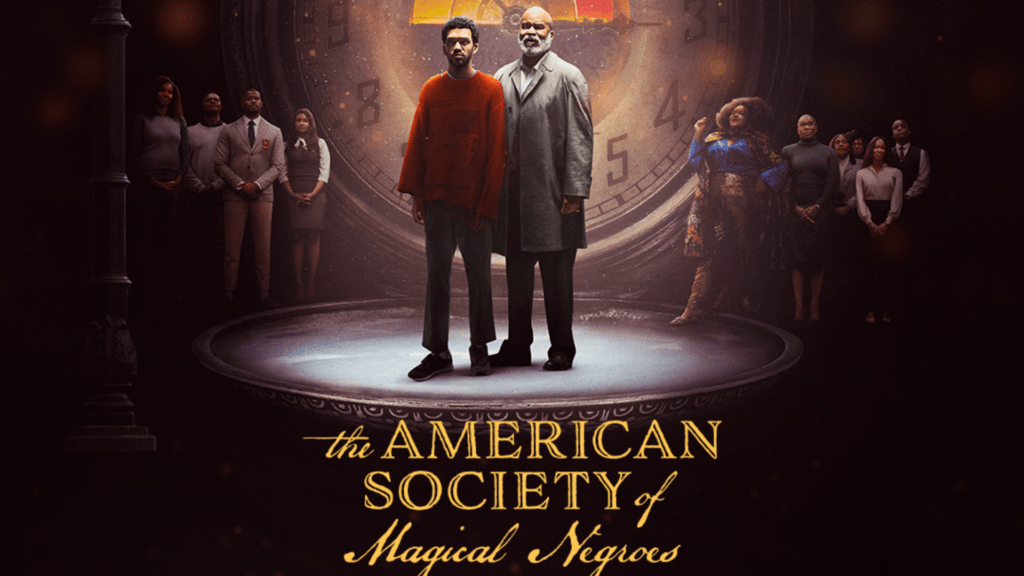
 Movie Reviews1 week ago
Movie Reviews1 week agoMovie Review: The American Society of Magical Negroes




